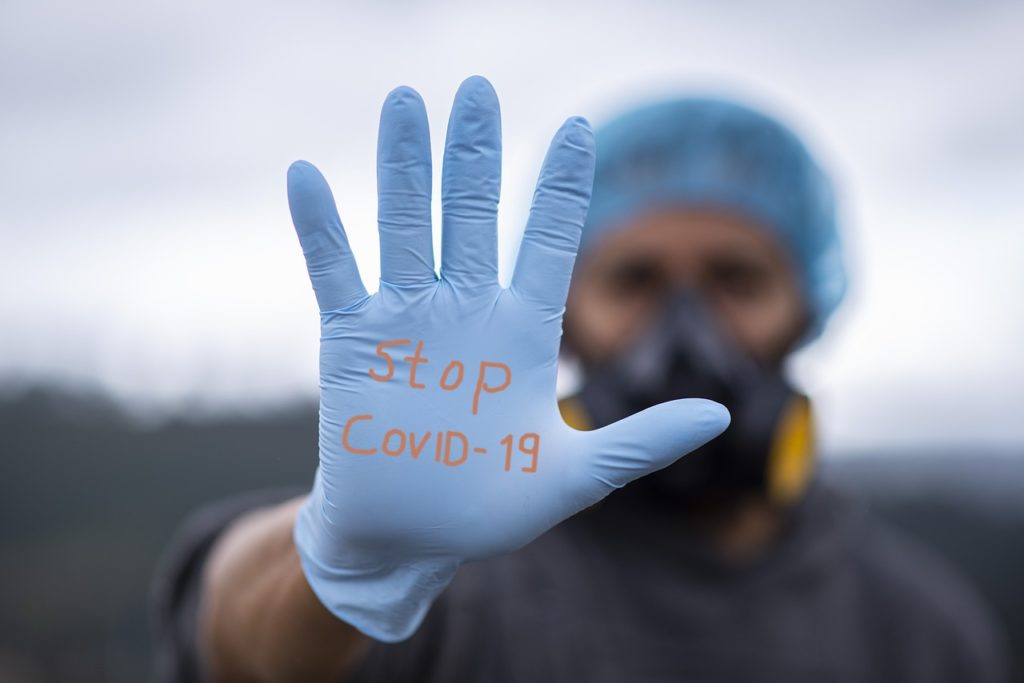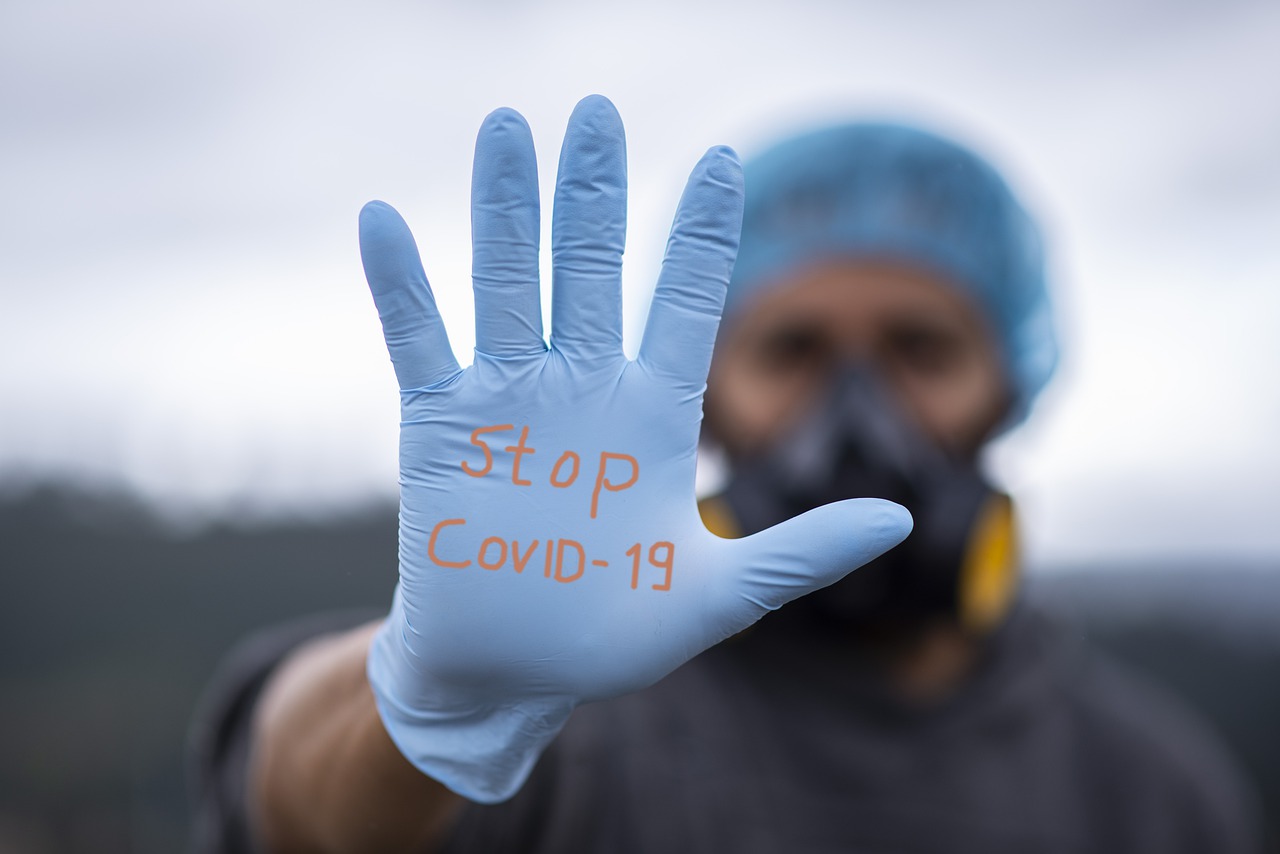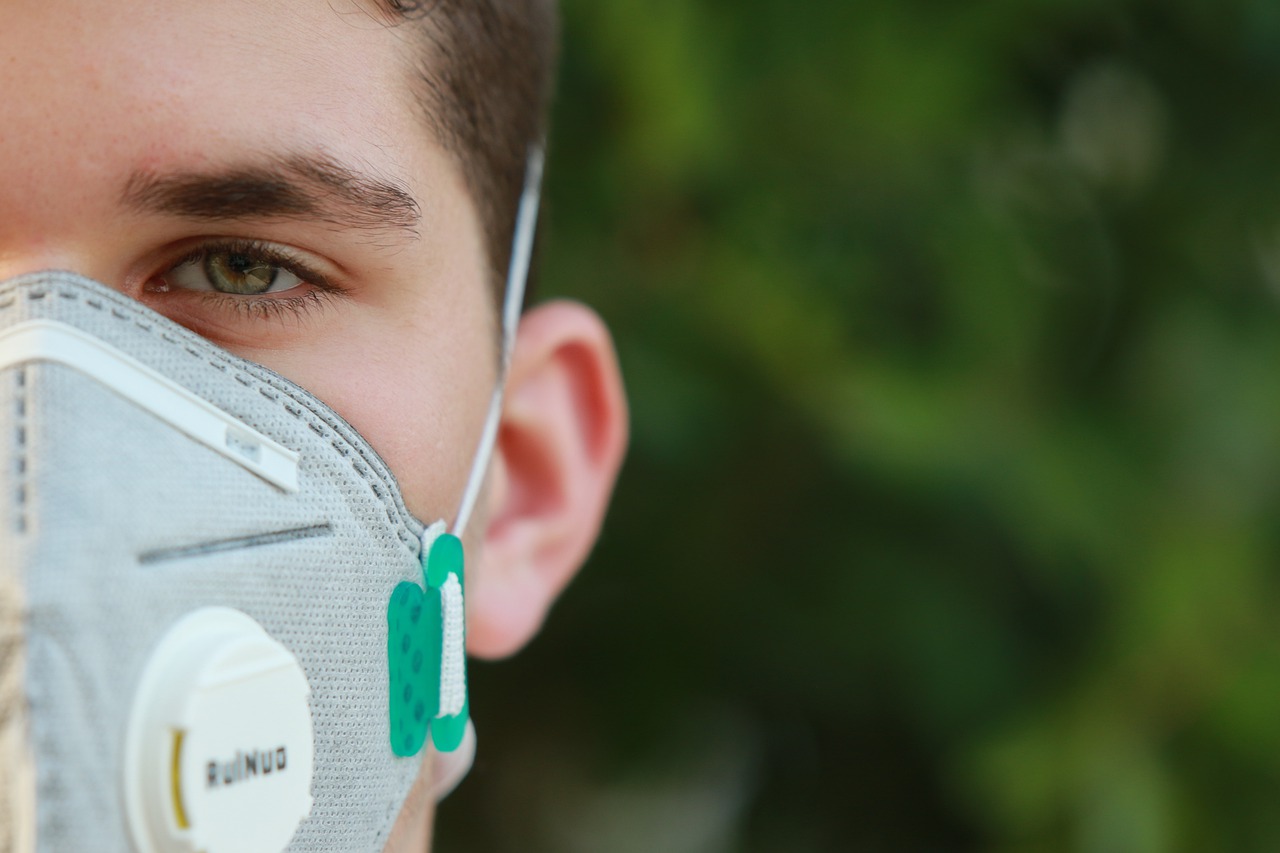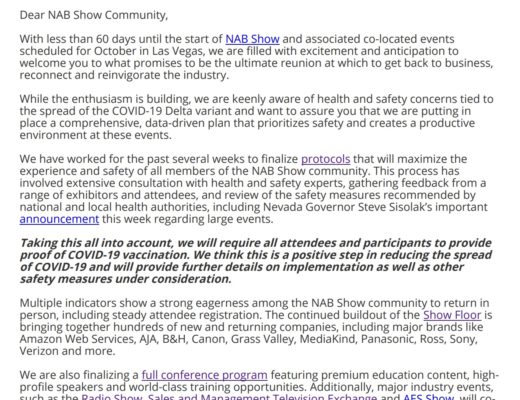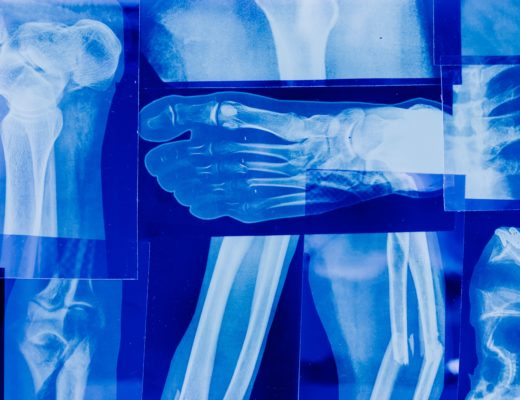The recent death of a 51-year-old assistant director is bringing renewed focus so proper COVID safety protocols on film sets. Productions are already a lot of work, and, as we all know in the industry, there are many moving parts that make a film, show, or commercial come together. The outbreak of Covid-19 has created new challenges for the film industry, with personnel being deputized as Covid-19 Compliance Officers and the rest of the crew getting a crash course in infection control. When training for a healthcare profession infection control was part of our curriculum that usually covered a semester of in-class lectures coupled with hours of clinical training as well. This included pillars of infection control and mitigation as well as proper usage of PPE (personal protective equipment) and the proper handwashing technique. Obviously this training is not part of film production, but in the current climate, it is important for film crews and even talent to understand the importance of infection control and the proper methods to prevent the spread of infection. Doing so can prevent productions from being shut down and can prevent sickness and death as a result of COVID-19.
STANDARD PRECAUTIONS – REVISED FOR FILM PRODUCTIONS
In healthcare, mitigating the spread of infection is achieved by the implementation of an infection control protocol that is generally centralized around universally adopted precautions known colloquially as Standard Precautions. These typically include precautions to prevent blood-borne pathogens from unsafe handling of bodily fluids or needles/sharps, but for film production, in the time of COVID-19 we really only need to standardize a few:
1. Hand hygiene
Although COVID-19 is spread predominantly via respiratory droplets during coughing, sneezing, or talking, it can also contracted by touching of your eyes, nose, or mouth after contact with a contaminated surface or object. These are usually high-touch surfaces such as door handles or light switches and on set could also include props or production equipment. The procedure for proper handwashing is as follows:
Handwashing with soap and water should last at least 20 seconds. Handwashing with an alcohol-based sanitizer (at LEAST 70% Isopropyl Alcohol) is acceptable in situations where hands are not visibly soiled. On set I recommend carrying a small travel-sized bottle of hand sanitizer for convenience. When using hand sanitizer, dispense enough to cover all hand surfaces adequately and rub hands together vigorously making sure to cover all hand surfaces until dry. Everyone on set should wash their hands with soap and water rather than sanitizer after using the bathroom, blowing their nose, sneezing, or coughing, before preparing food, and before and after eating food.
2. Proper use of PPE
On set, the only piece of PPE I recommend wearing regularly is a mask. This can be a fabric mask, a surgical mask, or a N-95 mask. I’m saying this for everyone: masks MUST cover your nose and mouth securely. Having a mask over just your mouth with your nose exposed does nothing to prevent droplets or aerosols contaminated with the coronavirus from entering your respiratory system. Your nose and mouth are connected to the same body system! Masks should be worn by all crew members and talent when not shooting (i.e. rehearsing, blocking, setting lighting, etc). If you feel the need to remove your mask for fresh air or to readjust, please remove yourself from set (preferably in an isolated area outside) and, after sanitizing or washing your hands, remove or adjust your mask. Breaks and lunch should be in a well- ventilated area and should include physical distancing of at least 6 feet since masks will be removed to eat. It is also important to remember that while wearing a mask is important for your own personal protection, masks are more important as a preventative step to mitigate potentially infecting those around you. I do not recommend gloves for preventing COVID-19 spread because they can cause a false sense of security and because it is not recommended to use hand sanitizer or soap and water on gloves. Case in point, I saw an employee at a grocery store use her gloved hands to pull her mask down, pull a piece of chocolate from her pocket and unwrap it, then pop the morsel into her mouth potentially infecting herself with COVID-19. I do, however, recommend using gloves when cleaning high-touch surfaces on set because of the potential health hazards of some cleaning agents.
3. Respiratory hygiene & cough etiquette
Coughing and sneezing create what are called droplets and aerosols. Droplets can travel through the air briefly and infect individuals within approximately 6 feet of distance before falling to the ground, hence the need for 6-feet of physical distancing in public. Smaller respiratory droplets called aerosols (think squirt gun versus hair spray bottle) are more worrisome and potentially infectious because they are too light to drop immediately to the floor as droplets do and can therefore linger in the air for longer periods of time. On a set, which is usually an enclosed environment, this can pose a very serious risk of infection and this is why proper mask-wearing is so essential in preventing the spread of the coronavirus. Respiratory hygiene includes proper mask-wearing and handling as well as proper containment of coughs and sneezes and disposal of contaminated tissues. When coughing or sneezing without a tissue, try to cough or sneeze into the bend of your elbow. When using a tissue, cover your mouth/nose and then dispose of the tissue into an appropriate trash receptacle. Wash your hands afterward with soap and water using proper handwashing techniques.
4. Properly handle and disinfect equipment and environment
From lavaliers to camera gear to lighting equipment to props, there is no shortage of equipment that is moved between crewmembers and talent on set. Because shoots can move at lightning speed, it’s very easy to overlook potential hazards that could result in infection. Equipment should not be shared between individuals on set. Each piece of equipment to be used and handled should have only one person assigned to it. Equipment must be sanitized at the end of each shoot day or before the piece of equipment is stowed or reassigned.
5. Use disposable or dedicated equipment
When possible, equipment should be either disposable or, as mentioned above, assigned to a user who will exclusively handle the equipment (lavs, props). Understandably, there isn’t much production equipment that’s disposable, so assigning and sanitizing are important to prevent infection spread. All craft services should be in single-serve containers or individually packaged containers.
WE’RE ALL IN THIS TOGETHER
(No, this isn’t a reference to High School Musical!)
Stopping the spread of COVID-19 is a team effort. In a healthcare setting, infection control is second-nature to everything that happens during patient interactions. While the stakes for a production aren’t typically life or death, COVID-19 presents a very real threat to the health and safety of everyone involved in a production. As mentioned above, this month an assistant director on a production died as a result of COVID-19 complications, and age-wise he wasn’t in the demographic for those most at risk of severe complications. The truth is, we don’t know everything about what will make the coronavirus just a ‘cold-like illness’ for some and what will make it deadly for others. COVID-19 Compliance Officers assigned to film sets fill an important role in this unprecedented period of film production, but keeping everyone safe and healthy requires buy-in from everyone on the cast and crew.

Filmtools
Filmmakers go-to destination for pre-production, production & post production equipment!
Shop Now